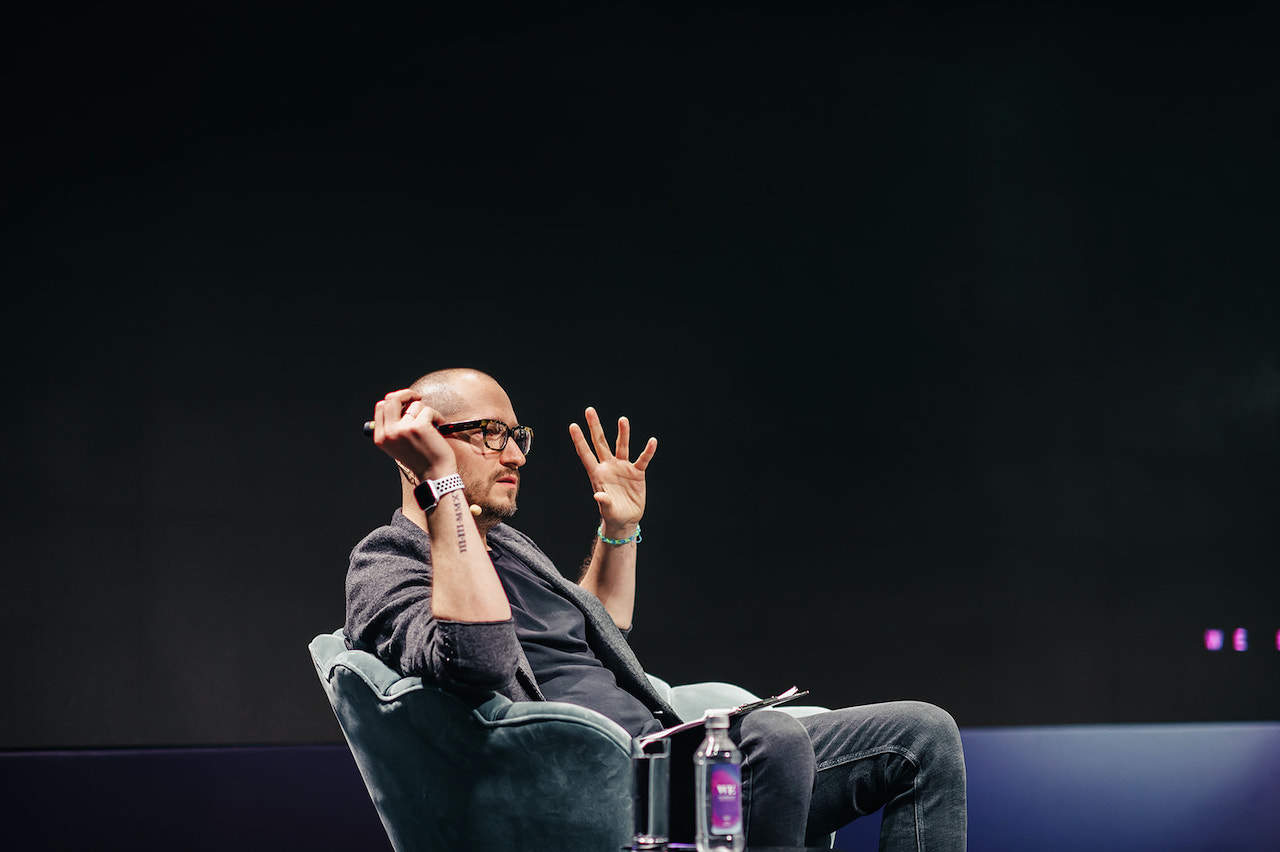
We live in an era of rapid technological development, where artificial intelligence has long become a part of our daily lives. In light of this, the question arises: should we be concerned that AI might soon replace even creative professionals like directors or choreographers? Viacheslav Kulaev has worked on major shows such as the Opening and Closing Ceremonies of the International EXPO Exhibition and the Closing Ceremony of the FIFA World Cup in Qatar.
It’s evident that AI relieves humans of many routine tasks while enhancing and optimizing them. Neural networks offer incredible opportunities and enable rapid solutions to tasks that would require humans a significant amount of time. Therefore, the benefits and advantages of using and developing AI are an obvious trend.
Since I actively use AI in my work, I do occasionally apply it in my daily life. For instance, my daughter recently had her school graduation, and I was asked to come up with an idea and script for it. I was quite busy and, to be honest, finding enough time for it was challenging, but I agreed. Using ChatGPT, I wrote a good script, providing guidance and refining the AI’s output. The school implemented a wonderful event as a result. Both the children, the school, and I were satisfied. This is a simple example of how AI saves a lot of time.
In my work, I use neural networks as auxiliary tools that help solve various tasks, excluding certain steps from the production process that would require time and resources from me. Primarily, this involves generating content that is conceived by me, without relying on an artist for a unique vision. Given that my profession involves generating unique and creative ideas, I excel at conceptualization and expressing my thoughts through text. I set the tasks, so neural networks that generate visual and audio content are very useful to me. At a certain stage of my work, I can eliminate the need for a graphic designer, sound designer, or producer and create the content myself. I want to highlight that in my work, I mostly turn to products that generate different types of content, as I believe AI is not yet capable of writing serious treatments or scripts. Nevertheless, it’s an excellent tool—I recently used it to write some interesting dialogues for shows.
In some projects, I use real-time generation of visual content. This leads to unexpected emotional results. I also had an experience of collaborating choreography with a neural network—while a professional dancer performed steps, the network transformed the movements into music, serving as the basis for further performances. In choreography, I also use neural networks to process a dancer’s movements, transforming their appearance and enhancing their motions. For instance, I employed a similar technique in the Closing Ceremony of the 2017 EXPO Exhibition.
If we discuss the likelihood of AI replacing a human being, I believe that a fundamental revolution needs to occur within this technology. AI still relies on the achievements and concepts created by humans. While it can transform them in incredible and unexpected ways, and create something of its own on that basis, it hasn’t yet stepped beyond the horizon of the foundation established by humans. For that, it requires its own history and experience. When AI creates something entirely new, not only relying on human experience but also on its own, then we will need to accept that neural networks are a new form of independent intelligence. For now, they are partners of humans and valuable tools. In my view, the ultimate goal is to create independent artificial intelligence, but it’s currently impossible and even dangerous, as humanity won’t be able to influence that intelligence.